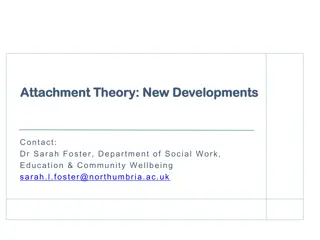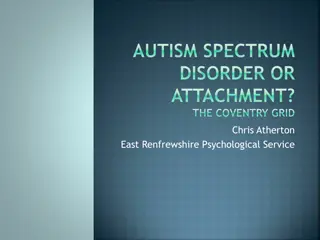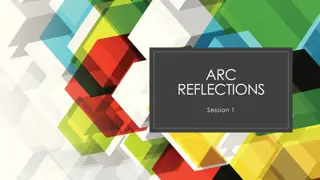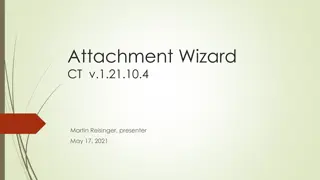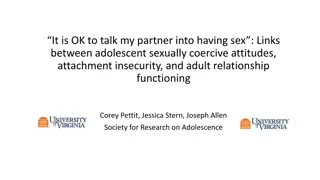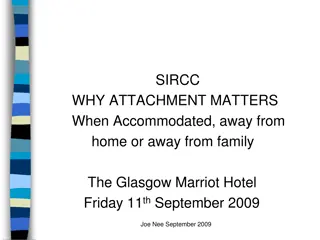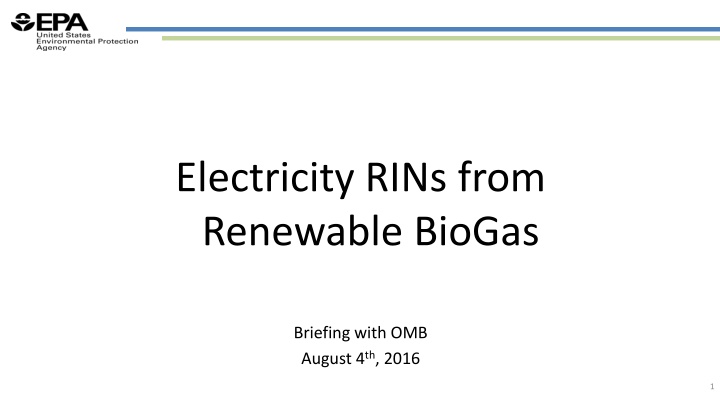
Electricity RIN Generation Structures and Considerations
Explore key considerations for incentivizing and structuring regulations for electricity RIN generation. Delve into different RIN generation structures proposed, their pros and cons, and the impact on advancing electric vehicles and renewable electricity charging networks.
Download Presentation

Please find below an Image/Link to download the presentation.
The content on the website is provided AS IS for your information and personal use only. It may not be sold, licensed, or shared on other websites without obtaining consent from the author. If you encounter any issues during the download, it is possible that the publisher has removed the file from their server.
You are allowed to download the files provided on this website for personal or commercial use, subject to the condition that they are used lawfully. All files are the property of their respective owners.
The content on the website is provided AS IS for your information and personal use only. It may not be sold, licensed, or shared on other websites without obtaining consent from the author.
E N D
Presentation Transcript
Electricity RINs from Renewable BioGas Briefing with OMB August 4th, 2016 1
Important Considerations for Electricity RINs What do we want to incentivize, and how can we structure our regulations to achieve this end? Do we want to adopt a system that leads to the maximum number of RINs generated for electricity or a system that relies solely or primarily on hard data (rather than assumptions) and accept lower RIN generation? Which party can generate RINs for the electricity used in a given EV? Our answers to these questions will impact: What information is needed to calculate how many RINs can be generated (i.e. how much electricity produced form biogas is used as transportation fuel)? Which party or parties benefit financially from RINs generated for electricity There are also important technical, practical, and legal issues that must be considered with any answer to the above questions 2 Deliberative - Do Not Cite or Quote
RIN Generation Structures in the REGS Proposal 4 RIN generation structures discussed in REGS proposal: Vehicle Owner Charging Station Utility Vehicle Manufacturer All of these approaches have pros and cons Structures may vary in their ability and effectiveness to advance electric vehicles and the renewable electricity charging network needed to support them None are unworkable, but vary in how much they depend on either hard data or broad assumptions for RIN generation Hybrid combinations may be desirable to create various incentives to support electric vehicles and associated infrastructure But they can t readily co-exist without double counting Some hybrids may be possible to incent multiple parties 3 Deliberative - Do Not Cite or Quote
RIN Generation Structures: No Lead Option Commenters requested that EPA propose the vehicle manufacturer structure for RIN generation as the First Among Equals EPA believes a First Among Equals approach is currently unwarranted Neutral feedback from all stakeholders on all options is important, not just feedback focused on the pros and cons of one option Public comment on the availability and acceptability of data sources is needed Comment on stakeholder ability/willingness to participate is needed Sentiment on empirical data vs. assumptions amongst stakeholders is currently unknown and could radically alter program structure, participation, and RIN generation We re not in a position to address the legal and consumer rights issues associated with certain options Sufficient time is not available to develop the regulatory text and program design to support advancing any structure at this point 4 Deliberative - Do Not Cite or Quote


